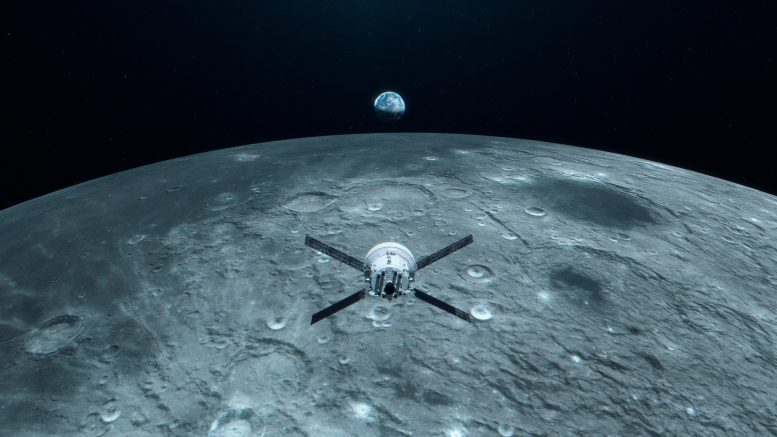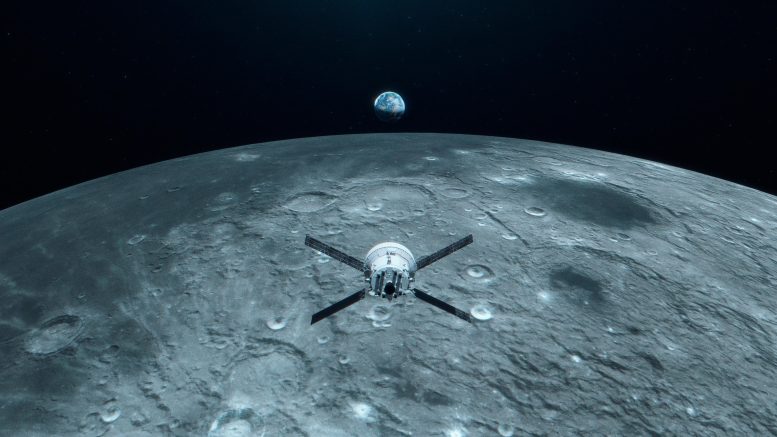Rollout of NASA’s experimental supersonic X-plane…
Schedule updates for future Artemis missions…
And another year of global record heat…
A few of the stories to tell you about – This Week at NASA!
Rollout of NASA’s X-59 Quiet Supersonic Aircraft
On January 12, NASA officially unveiled the fully completed and freshly painted X-59 aircraft during a rollout ceremony hosted by Lockheed Martin Skunk Works in Palmdale California. The X-59 is a one-of-a-kind experimental aircraft that, as part of NASA’s Quesst mission, will demonstrate the ability to fly supersonic while generating a gentle “sonic thump” rather than the typical loud sonic boom. For more information about Quesst, visit nasa.gov/Quesst.
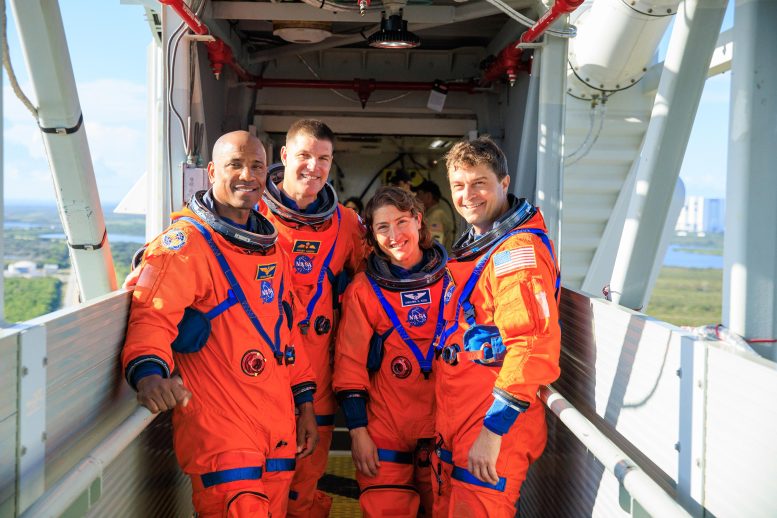
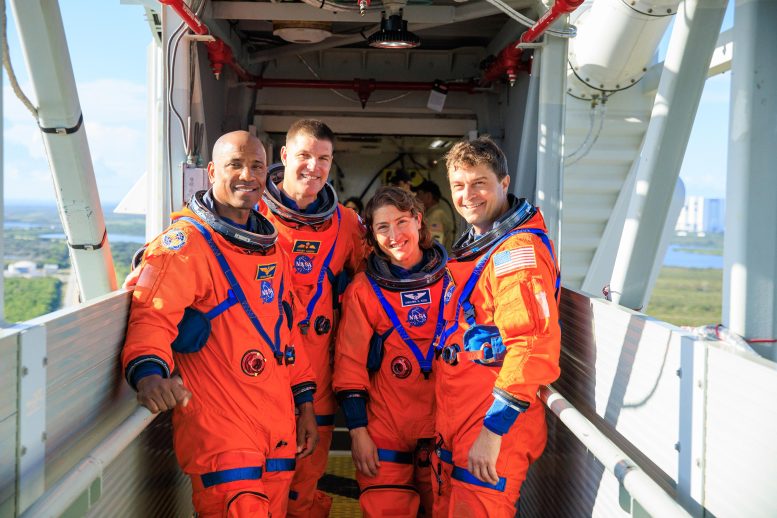
Artemis II astronauts, from left, NASA astronaut Victor Glover (left), CSA (Canadian Space Agency) astronaut Jeremy Hansen, NASA astronauts Christina Koch and Reid Wiseman stand on the crew access arm of the mobile launcher at Launch Pad 39B as part of an integrated ground systems test at Kennedy Space Center in Florida on Wednesday, September 20. The test ensures the ground systems team is ready to support the crew timeline on launch day. Credit: NASA/Frank Michaux
NASA Shares Progress Toward Early Crewed Artemis Moon Missions
NASA has adjusted the schedules for NASA’s Artemis II and Artemis III missions. Artemis II, the first crewed Artemis mission around the Moon, is now targeted for September 2025. Artemis III, which is planned to land the first astronauts near the lunar South Pole, is now being targeted for September 2026. The schedule adjustments were made to allow teams to work through challenges associated with first-time developments, operations, and integration.
2023 was Earth’s warmest year since 1880, and the last 10 consecutive years have been the warmest 10 on record. But why does NASA, a space agency, look at Earth’s temperature? And how do we even measure global temperature? Credit: NASA’s Goddard Space Flight Center
NASA Analysis Confirms 2023 as Warmest Year on Record
According to an analysis by NASA, Earth’s average surface temperature in 2023 was the warmest on record. Global temperatures last year were around 2.1 degrees Fahrenheit above the average for NASA’s baseline period of 1951 through 1980.
Independent analyses by NOAA and the United Kingdom’s Hadley Centre concluded the global surface temperatures for 2023 were the highest since modern record-keeping began.
For more about NASA’s Earth science efforts, visit nasa.gov/earth.
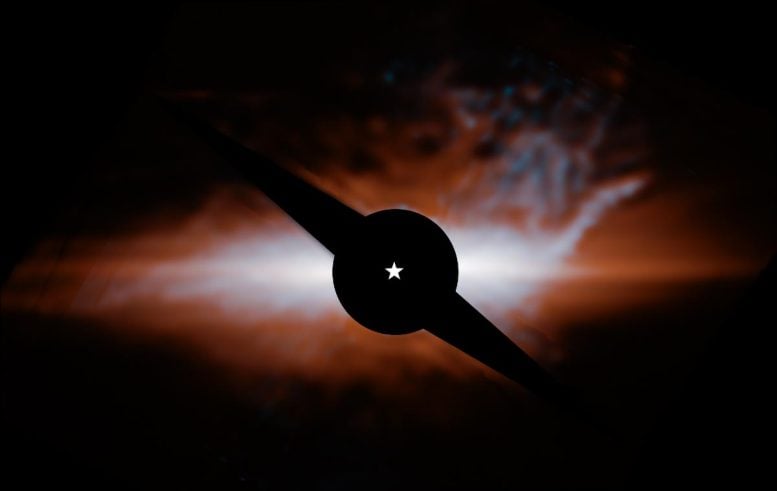
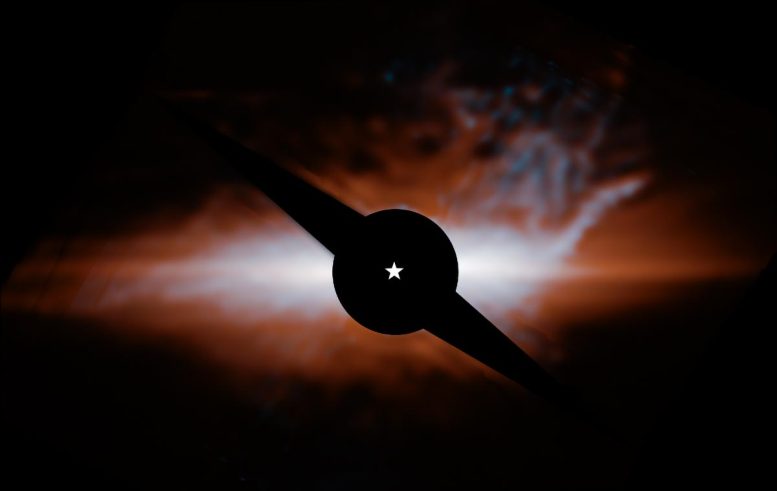
NASA’s James Webb Space Telescope has imaged star system Beta Pictoris. Webb’s MIRI (Mid-Infrared Instrument) enabled a team of astronomers to investigate the composition of Beta Pic’s main and secondary debris disks—the latter feature previously detected by the Hubble Space Telescope. Credit: NASA, ESA, CSA, STScI, Christopher Stark (NASA-GSFC), Kellen Lawson (NASA-GSFC), Jens Kammerer (ESO), Marshall Perrin (STScI)
Webb Discovers Dusty “Cat’s Tail” in Beta Pictoris System
Astronomers using NASA’s James Webb Space Telescope have discovered a new, previously unseen structure in the Beta Pictoris system, about 63 light-years from Earth. The structure is a branch of dust, shaped like a cat’s tail. It extends from the system’s secondary debris disk that has been produced by collisions between asteroids, comets, and planetesimals.
This and other NASA news was featured at the 243rd meeting of the American Astronomical Society in New Orleans.
That’s what’s up this week @NASA.

